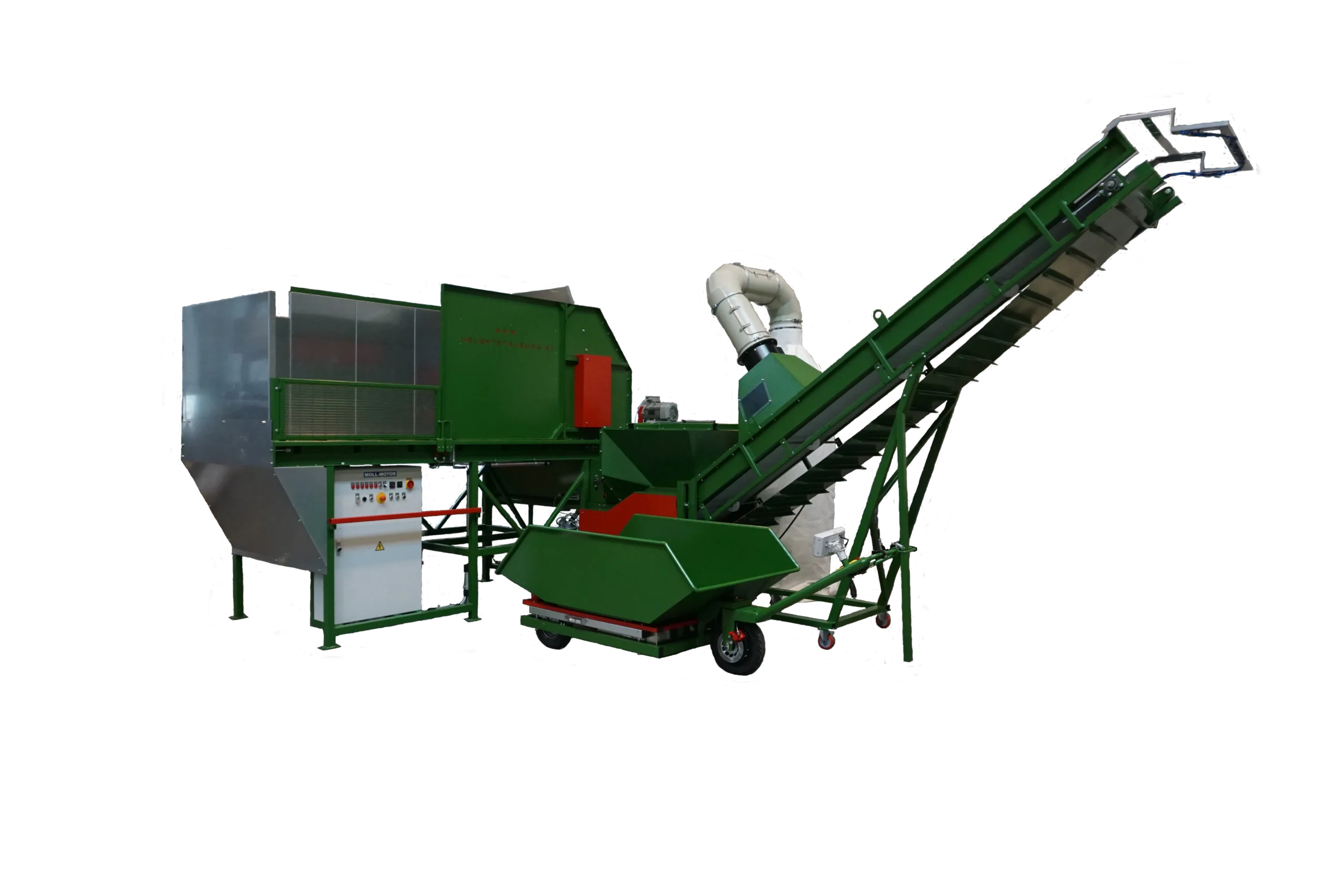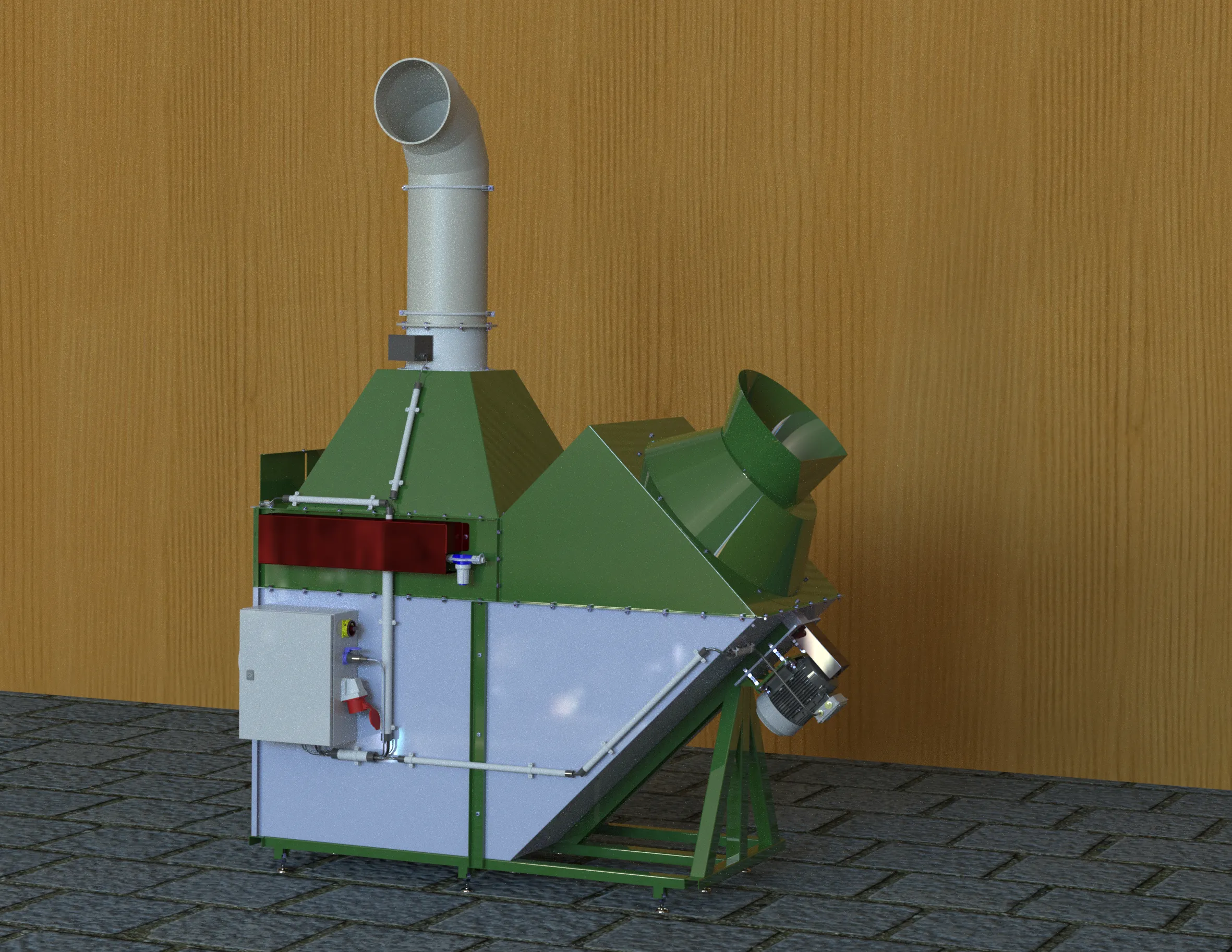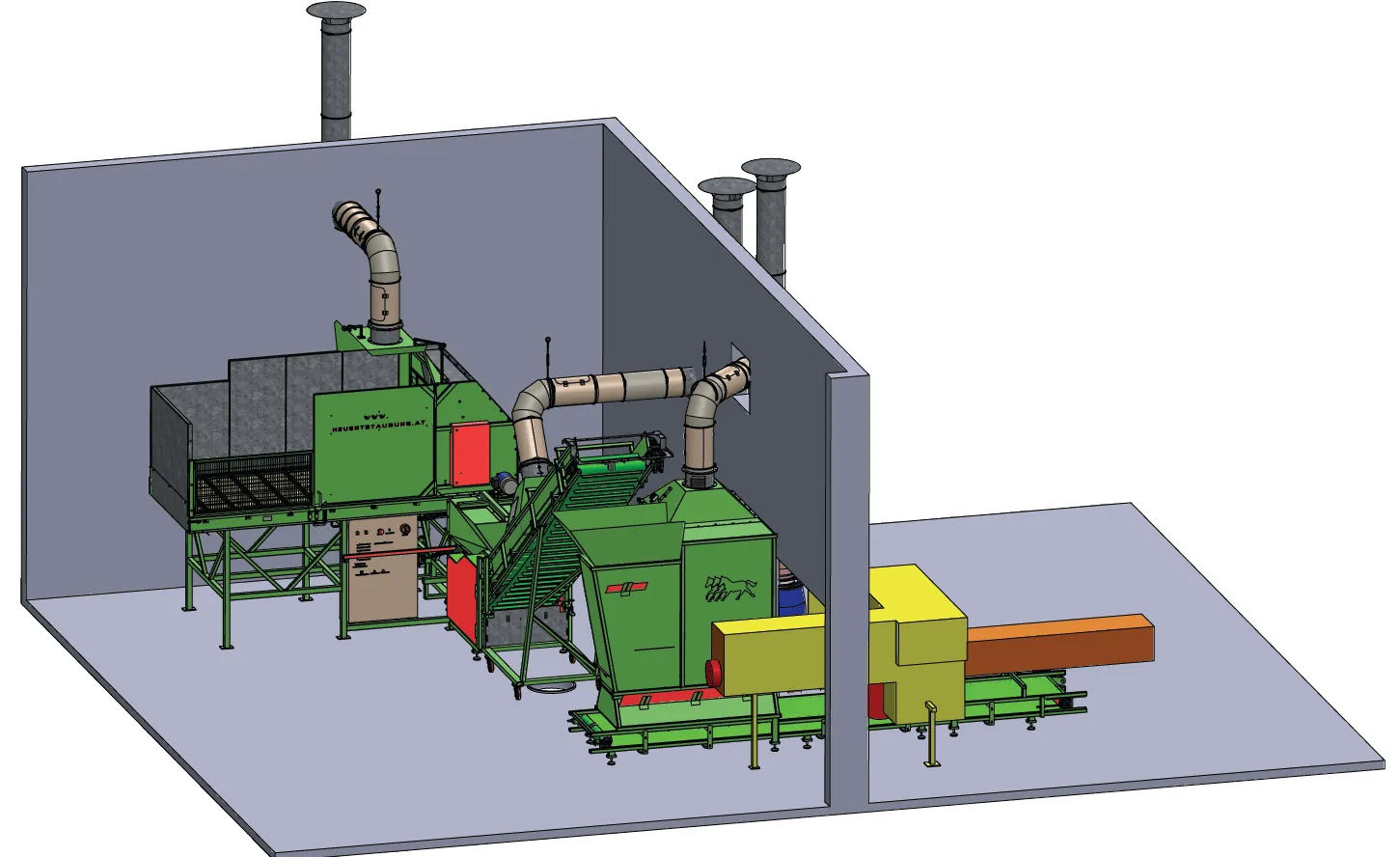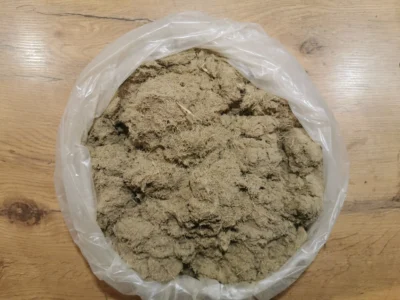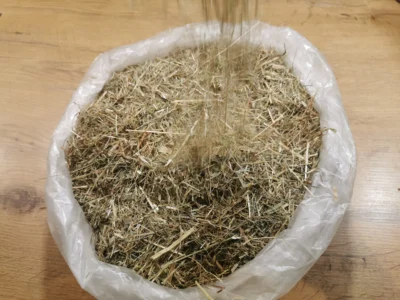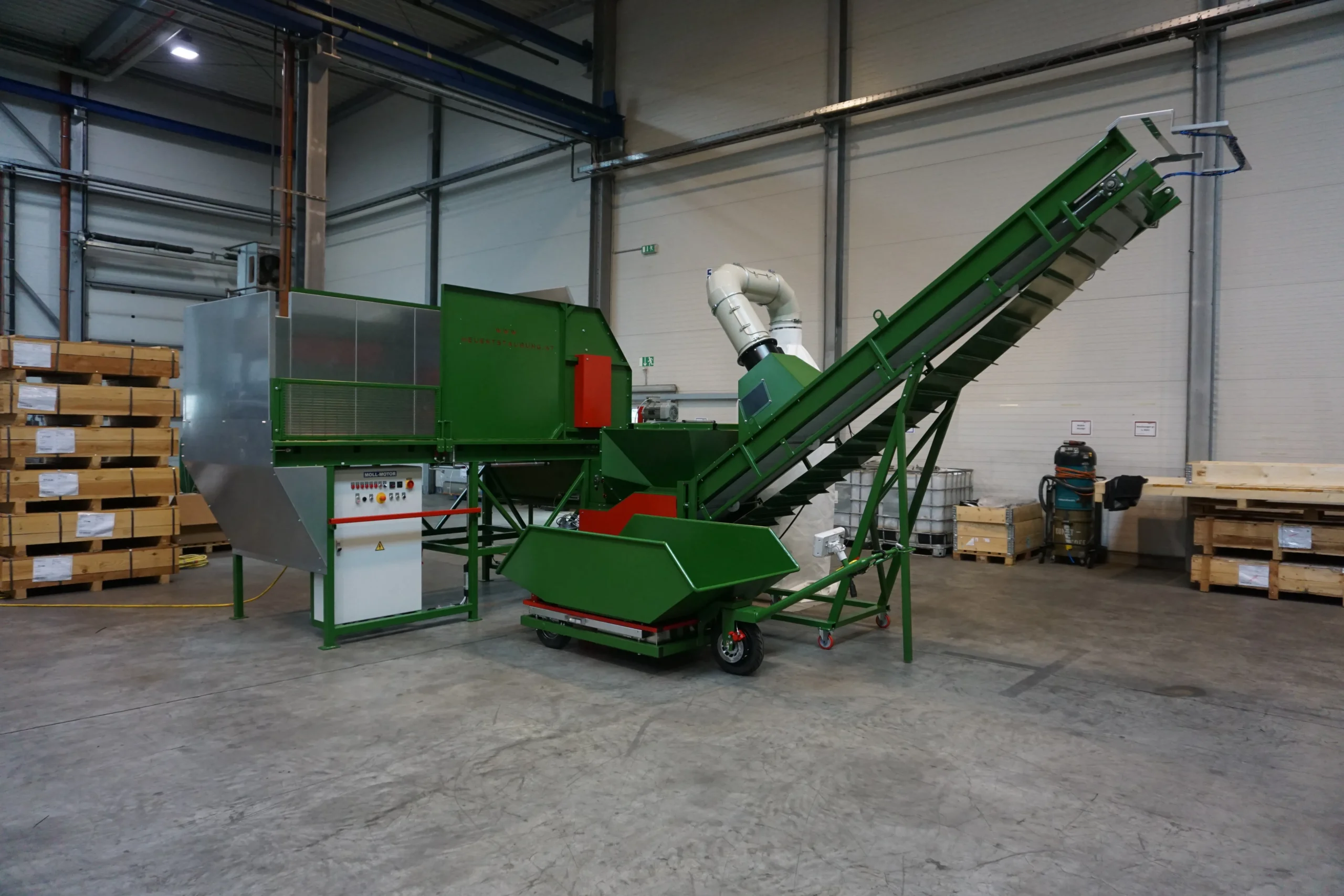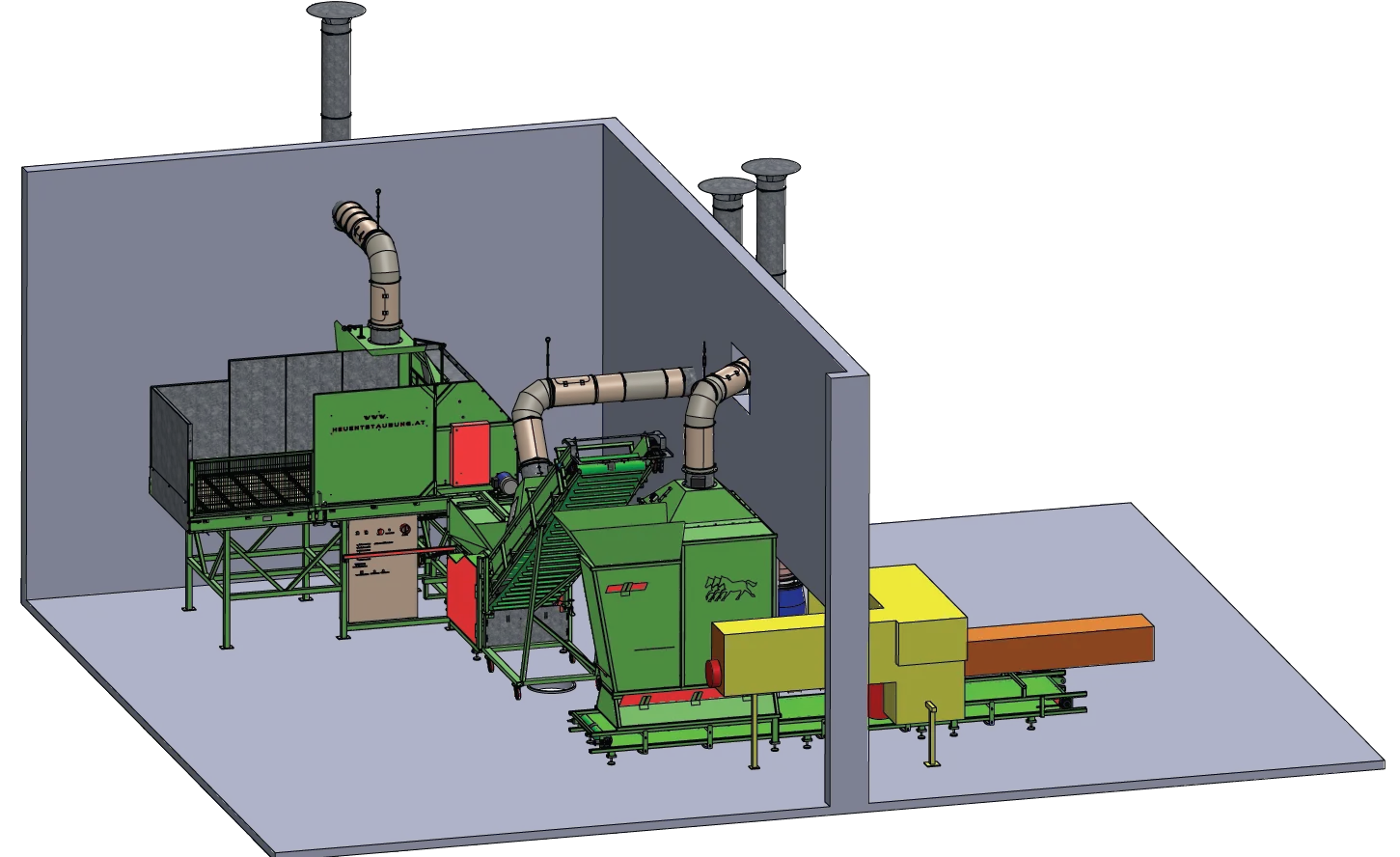100% dust-free hay
Our feeding concept
In the past, dust-free feeding of horses was very time-consuming. Washing out the hay took a lot of time, resulted in feed loss, temperature problems and high water consumption.
100% dust-free
With our system, the horse owner has the guarantee of offering his horse the best possible feed quality.

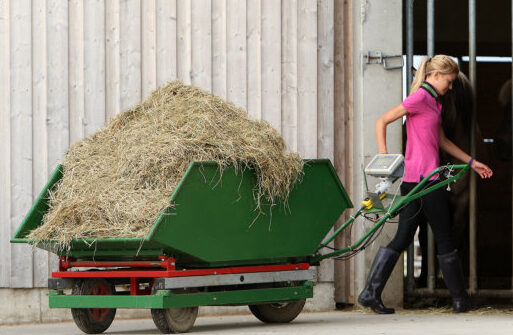
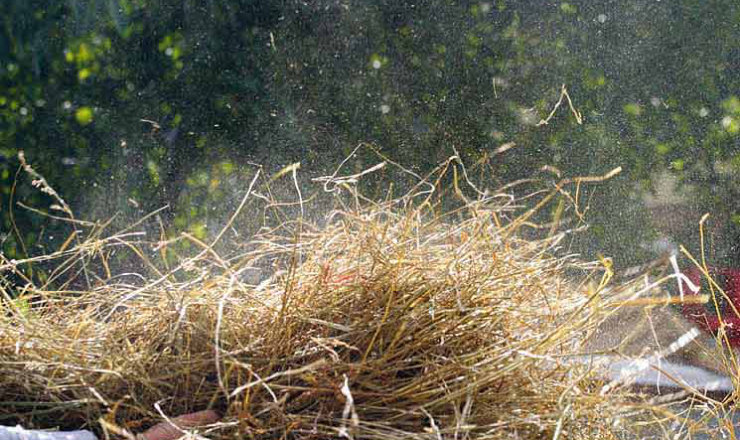
100 % dust-free hay for your horse
You think that can't work? We make it possible for you!
What is special about our system?
In the first step, the hay, which has already been perfectly broken up, is thrown at high speed and therefore with a lot of force against so-called impact surfaces. This takes place in a housing with plenty of space. The time invested in this step is also crucial. A lot of space and time are essential to release all the dust.
In the second step, this released dust is almost completely removed mechanically. Due to the first step, a very slow air flow with low electrical power is sufficient for this purpose
However, as it is not our aim to remove "almost everything", but to deliver a 100% result, the hay is treated with a water spray in a third step.
Advantages of our concept
It is important to emphasize here that the hay is not made wet, but is only given a low moisture content. The increase in water content is less than one percent, which is also important for the designation of the feed. Only hay with a residual moisture content of less than 15% is hay.
With this system, we have managed to provide the best possible quality of hay.
Summary: No important hay components are removed. Only harmful substances are removed. The hay is not altered by the effects of heat or moisture.
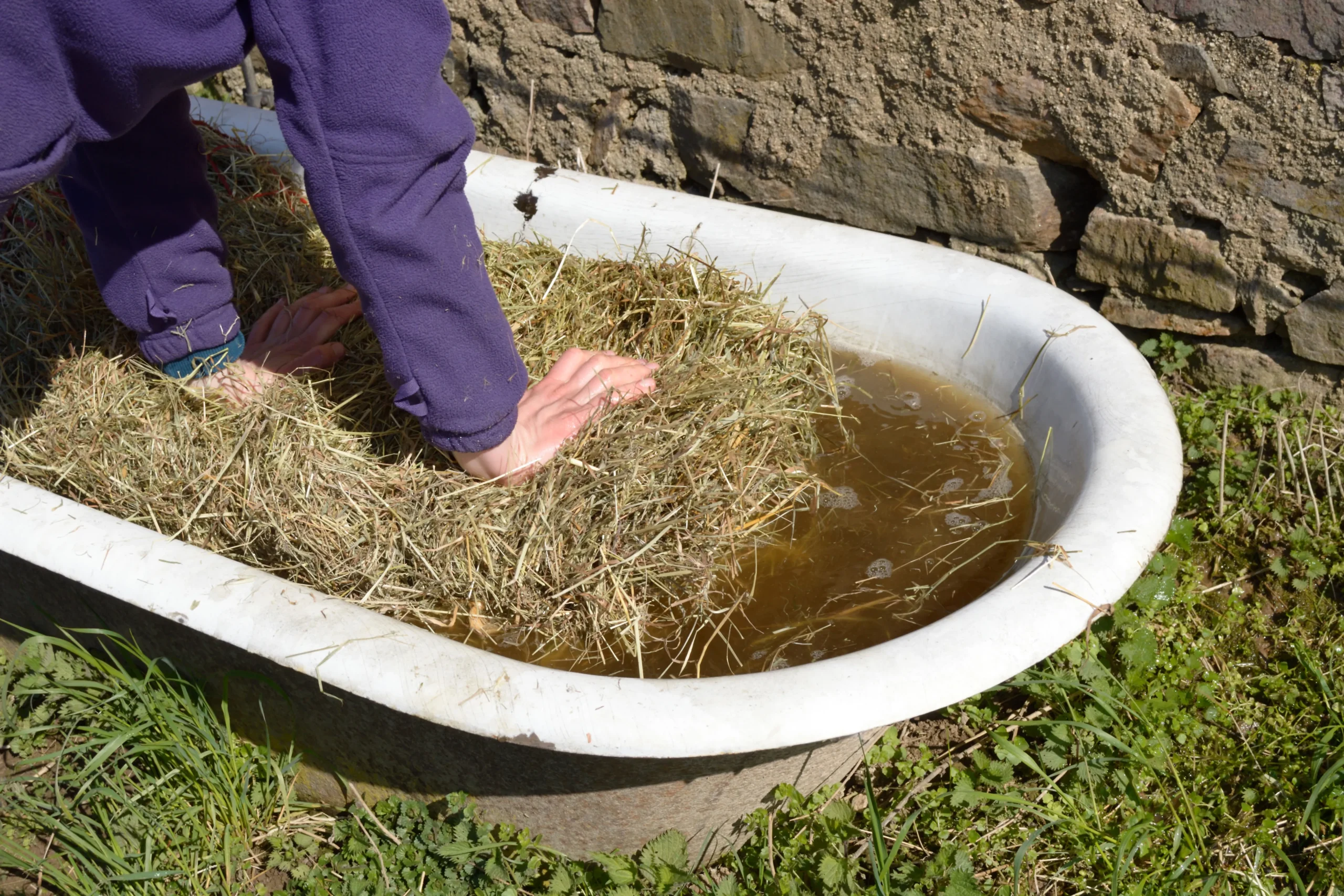
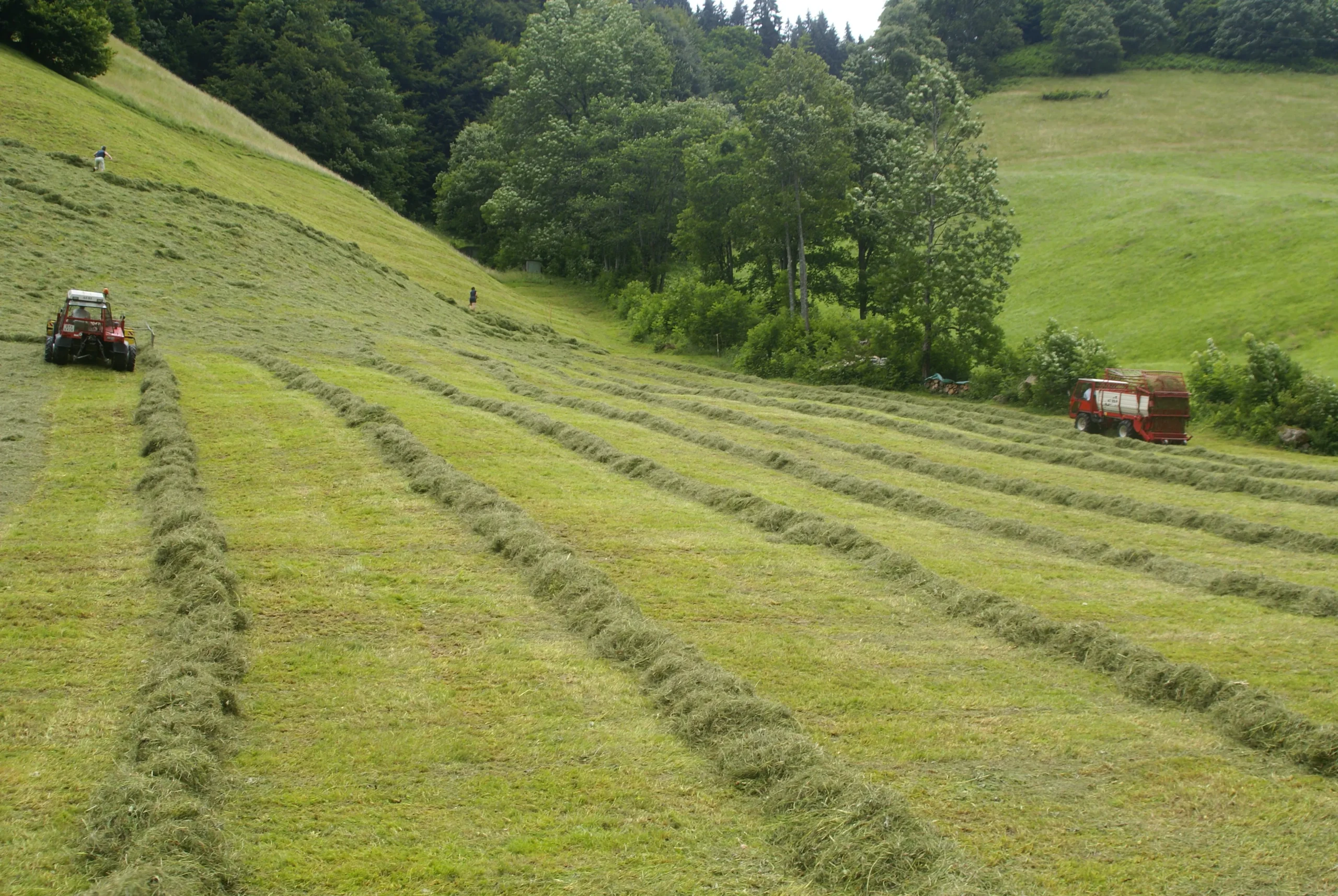
Results of our concept
Here you can see the difference.
On the left you can see the waste from our plant: Everything that is harmful comes out. On the right you can see the waste from a competitor's plant:
All essential hay components are removed by the dedusting process.
Prolonged exposure to heat and moisture causes a marked increase in residual moisture. Various publications also describe a marked decrease in protein and energy content.
Thanks to our process, hay remains what it should be.
Here you can see our results
View from outside during operation


